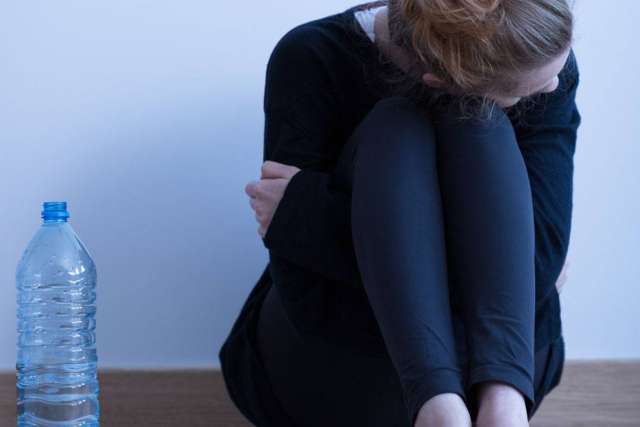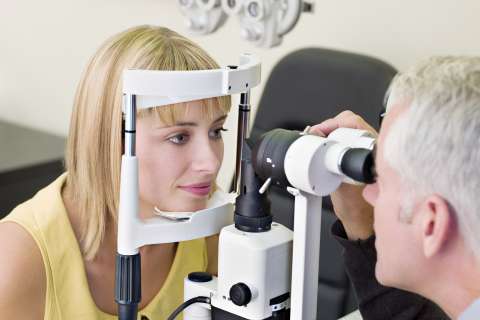Dear Doctor: I was having a panic attack and thought I might faint. My dad had me breathe into a paper bag, and it helped me calm down. I’ve only ever seen that on TV. Why did it work? Was it because I ended up doing deep breathing?
Dear Reader: It’s interesting how, when a TV character hyperventilates, someone just happens to have a brown paper lunch bag for them to breathe into. And while the rhythmic nature of that breathing may contribute to calming down the person, the actual theory behind the maneuver is rooted in biochemistry. To understand why, let’s start with the anxiety attack. Often referred to a panic attack, it’s the sudden onset of symptoms associated with fear, despite the absence of genuine peril. Among the many unpleasant and unsettling symptoms of a panic attack is the rapid and uncontrolled breathing known as hyperventilating. When this happens, it quickly causes the concentrations of oxygen and carbon dioxide in the blood to get out of balance.
Unlike in controlled breathing, which allows the respiratory system to take in oxygen and expel carbon dioxide in optimal amounts, hyperventilation causes a surplus of oxygen and a deficit of carbon dioxide, also known as C02. Since C02 is a metabolic byproduct -- sometimes it’s referred to as a waste product -- that may not seem like a bad thing. Too much C02 dissolved in the blood can cause symptoms that range from dizziness, drowsiness, headache, confusion and shortness of breath to heart arrhythmias, seizures and loss of consciousness. However, too little C02 is also a problem.
Our blood has an optimal pH, which is maintained by a specific ratio of dissolved oxygen and carbon dioxide. When you hyperventilate, that ratio is disturbed. Too much oxygen causes the pH of the blood to rise and become too alkaline. This is known as respiratory alkalosis. Symptoms can include anxiety, dizziness, dry mouth, tingling in the fingers and arms, chest pain or tremors. In fact, some research has suggested a link between panic disorders and poor regulation of blood pH.

All of which brings us back to the person now breathing into a paper bag. With every exhale, they are filling the bag with C02. With every inhale, they make that C02 available to their over-oxygenated blood. When you inhale your own exhaled air, it’s known as rebreathing. The theory is that, after a moment or two, rebreathing will begin to stabilize blood pH and perhaps ease your symptoms.
However, it’s important to note that rebreathing is unsafe for certain people, particularly those with heart or lung problems. Having too little oxygen in the blood, which is known as hypoxemia, can share symptoms with an anxiety attack. These include shortness of breath, dizziness and rapid breathing. If someone experiencing hypoxemia practices rebreathing with a paper bag, they’re not only making their immediate condition worse, they’re putting themselves in danger. The bottom line is, unless you know beyond a shadow of a doubt that you’re hyperventilating due to an anxiety attack, leave the paper bag maneuver to the TV writers.
(Send your questions to [email protected], or write: Ask the Doctors, c/o UCLA Health Sciences Media Relations, 10880 Wilshire Blvd., Suite 1450, Los Angeles, CA, 90024. Owing to the volume of mail, personal replies cannot be provided.)Ask the Doctors Archives





